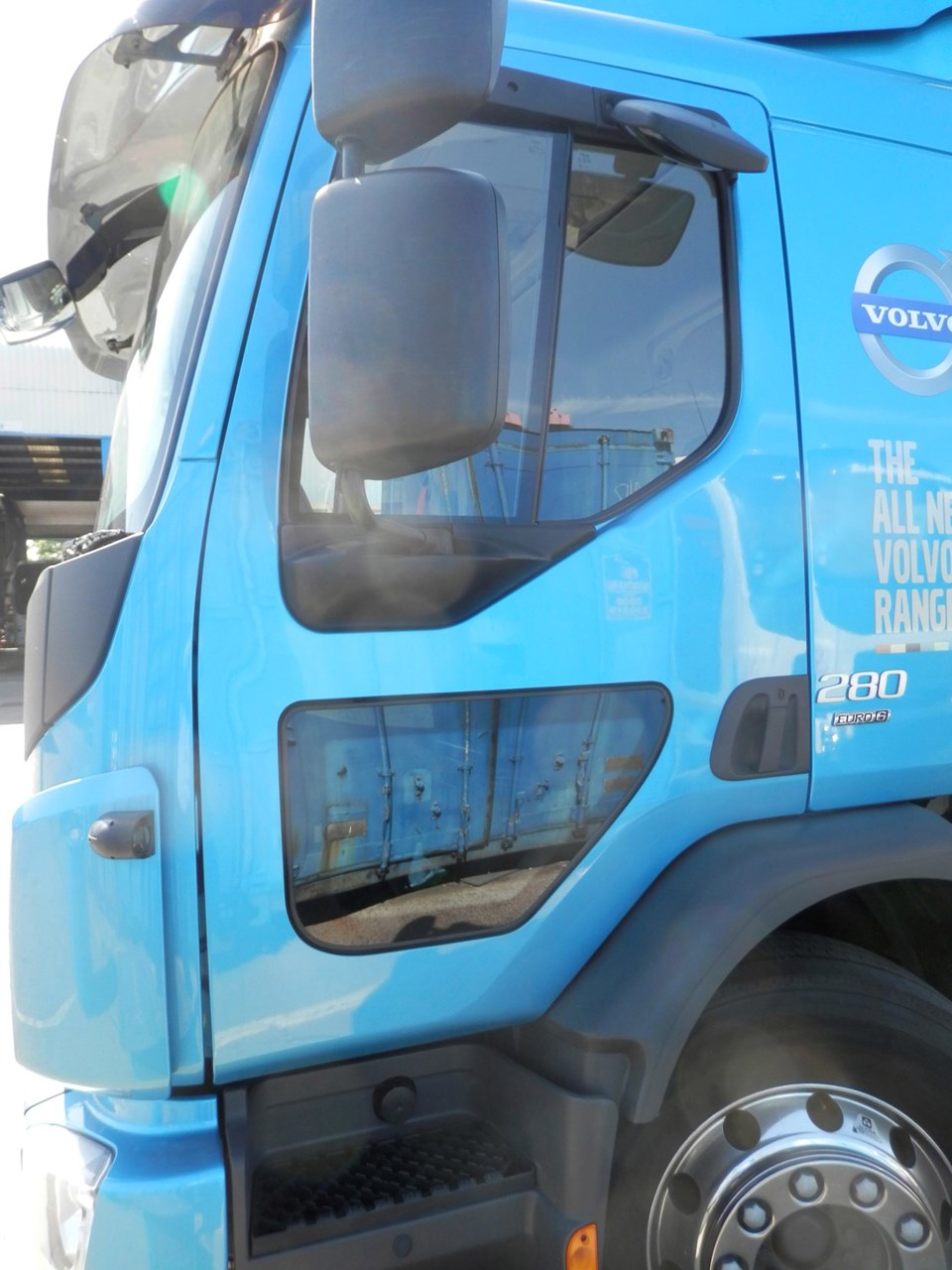The Mayor of London is proposing mandatory fit of lower side windows in commercial vehicles entering the capital.
The plan to improve visibility for lorry drivers would help cut the dangerous blind spots which have caused a significant number of deaths on the capital's roads.
Under the proposals, existing and new lorries would be required to fit a new window in the lower half of the passenger-side cab door at a cost of £1,000- £1,500 per lorry. The only exceptions would be a handful of lorries where retrofitting is not physically possible.
The Mayor of London, Boris Johnson MP, said: "The danger caused by HGVs to other road users is unacceptable and we have to reduce it. With the launch last year of my Safer Lorry Scheme, we have already made real progress. Nine cyclists were killed in London last year, the second-lowest number ever and by far the lowest ever per journey. But seven of those nine cyclist deaths involved lorries and that is why we have to press on to the next stage. The cost per lorry is modest. The benefit to Londoners' safety will be significant."
However, the FTA has 'expressed its disappointment' at the proposal. Head of national and regional policy Christopher Snelling said: “Improving visibility for HGV drivers is really important, but there are many different ways to achieve this. We are disappointed that the Mayor has chosen to focus on just one option without clear evidence that this is the best way to deliver the desired outcome.
“Side panels have limitations – for example, if the vehicle is carrying a second crew member or equipment then the view may be obscured. In recent years the Mayor and Transport for London (TfL) have made additional mirrors, cameras and sensors a priority for HGVs. Now suddenly this one panel is the answer – and those who have already eliminated this blind spot through technology will be forced to adapt their vehicles again to address the same problem.”
The FTA estimated that the cost to the UK’s HGV fleet operators of retro-fitting vehicles with transparent panels would be around £280 million.
The consultation asks Londoners whether they support the principle of the scheme and what would be the best way to enforce the new windows - whether through an extension to the Safer Lorry Scheme, or higher charges for non-compliant lorries under the congestion charge or Low Emission Zone regulations.
It also asks whether the restrictions should be full-time, part-time or route-specific.
Leon Daniels, managing director of Surface Transport at Transport for London (TfL), said: "Our Safer Lorry Scheme has helped ensure that almost all lorries in London now have vital equipment to create a safer environment for all. We now want to go further and hear views from all road users, businesses and the construction and freight industries on our proposals to reduce deadly blind spots. This will be an important element in delivering our aim of eradicating death and serious injury from London's roads."
Implementation of any measures will involve close working with stakeholder groups, including the industry and Government, and the development of a legally enforceable "direct vision standard". There would be further public and stakeholder consultation before any decision on implementation is made, and time for operators to make the necessary changes to their lorries.
The existing Safer Lorry Scheme, Britain's first, was launched on 1 September 2015 and requires all lorries in Greater London to be fitted with sideguards and Class V and VI safety mirrors. Many operators started complying in anticipation of the ban and there is now around 97 per cent compliance, according to checks conducted by TfL and the Metropolitan Police.
The Mayor and TfL's ultimate aim would be to see the widespread up-take of low-entry, panoramic-vision lorries on London's streets, providing a major improvement for visibility and safety. These lorries, which are appropriate for the roads they use, provide a large improvement to drivers' direct vision, giving maximum visibility to vulnerable road users. The consultation paper also describes other potential future improvements that could include lower cabs, larger windows and increased use of technology.
The FTA supports this view, and would like to see London support this process now by offering a discount on the London Congestion Charge to those large HGVs that have cabs with blind spots designed out.
Snelling added: “Wholly redesigned cabs with lower seats can eliminate far more blind spots – including those that affect pedestrian collisions as well as cyclists. But they are much more expensive – partly because so few are made. London can now help make these vehicles a part of the mainstream by allowing operators to off-set the cost of buying them against a reduced congestion charge.
“It is important to remember that any cost added to logistics in London will eventually get passed on to the users – the businesses and residents of London. They are the ones who will ultimately be paying this bill.”
Lorries are disproportionately involved in fatal collisions with pedestrians and cyclists. Between 2010 and 2014, lorries were almost 10 times more likely to be involved in a fatal collision than cars, and seven of the nine cyclist fatalities in 2015 involved lorries.

















Login to comment
Comments
No comments have been made yet.